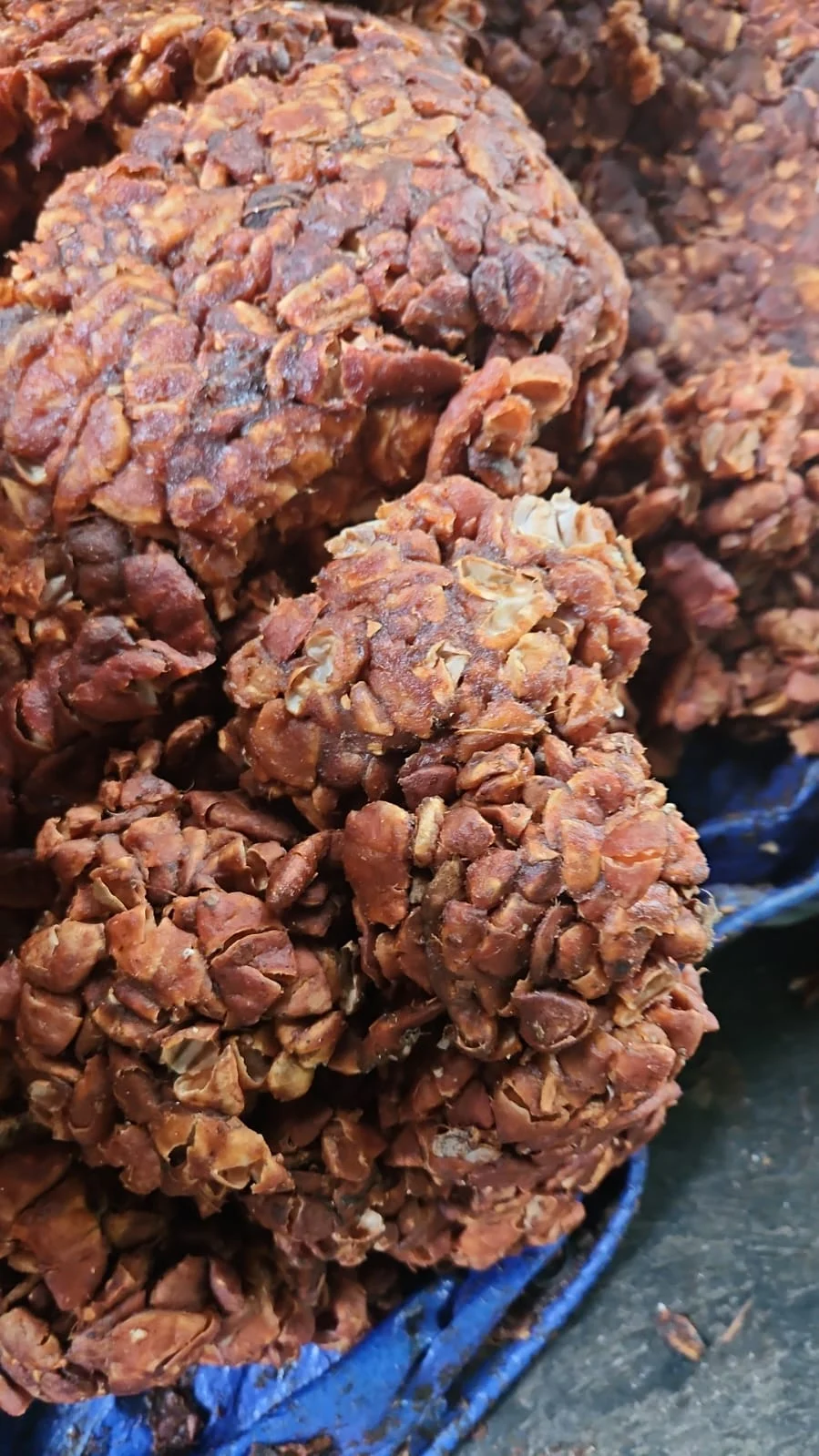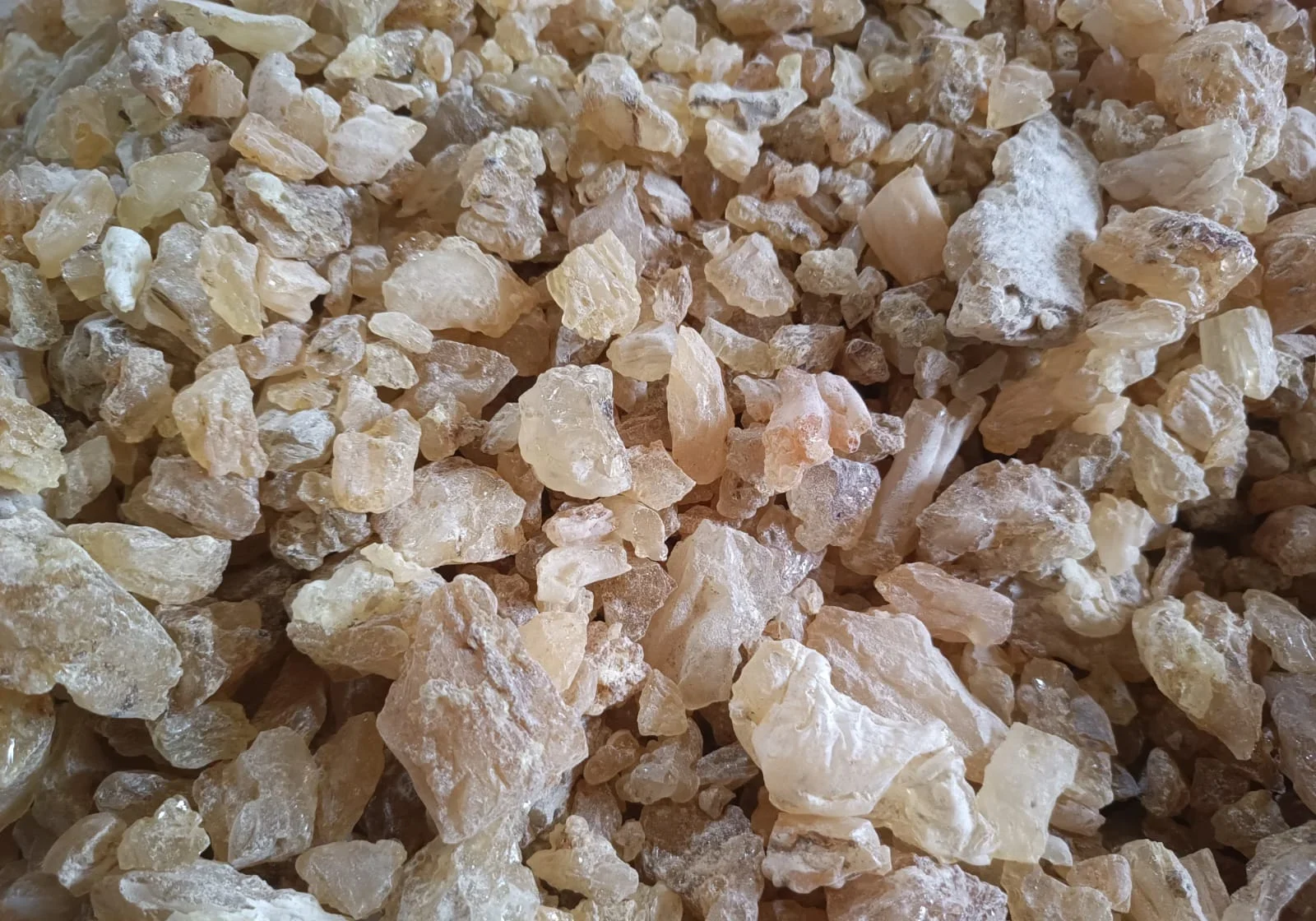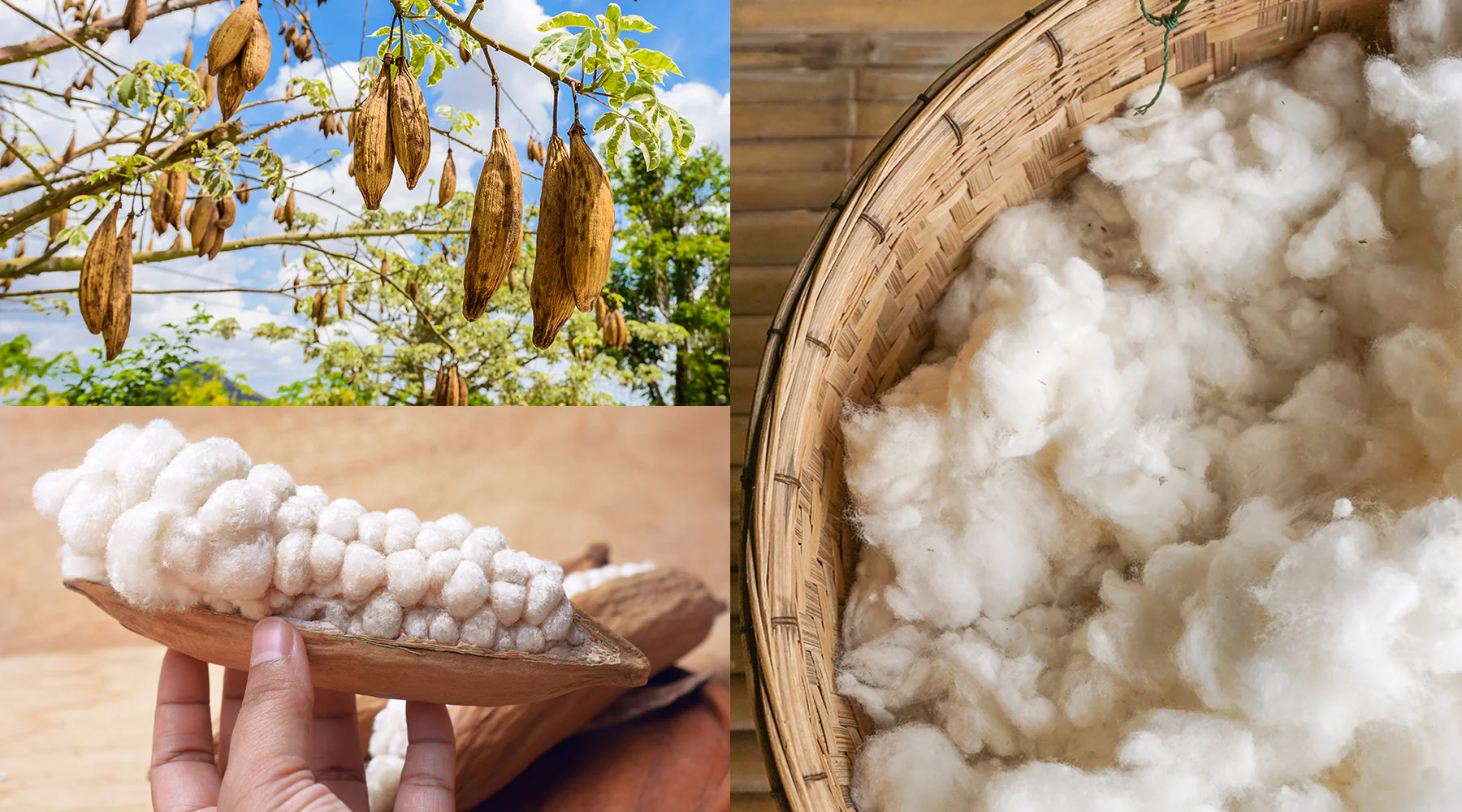Name: Gum Rosin
Botanical Name: Pinus merkusii
Gum rosin, often referred to simply as “rosin” is a natural resin obtained from pine trees, primarily members of the genus Pinus. The resin is obtained by tapping living pine trees, collecting the sticky sap that oozes out, and then processing it to remove impurities. Here is a brief description of gum rosin and its common uses:
Description:
- Appearance: Gum rosin is typically a translucent to opaque, brittle solid. It can vary in color from pale yellow to almost black, depending on the tree species and the processing methods.
- Chemical Composition: The primary constituents of gum rosin are resin acids, which are a mixture of abietic acid, pimaric acid, and other related compounds. These acids give rosin its adhesive and tacky properties.
Uses: - Adhesives and Glues: Rosin is a key ingredient in the formulation of adhesives and glues. It provides the sticky and tacky properties necessary for creating strong bonds in various applications, including woodworking and packaging.
- Soldering Flux: Rosin is used in soldering flux formulations to facilitate the flow of solder and improve the wetting of metal surfaces. It helps remove oxide layers from metal surfaces during the soldering process.
- Ink and Printing: Rosin is used in the production of printing inks, particularly in the manufacture of inks for newspapers and other printing applications. It contributes to the ink’s tackiness and adhesion properties.
- Rubber Industries: Rosin is utilized in the rubber industry, especially in the production of tires. It enhances the tackiness and adhesion of rubber compounds.
- Coatings and Paints: It is a common component in varnishes, lacquers, and paints. Rosin contributes to the gloss, hardness, and adhesion of coatings.
- Rosin Esters: By reacting rosin with certain chemicals, rosin esters are produced. These esters have various applications, including inks, coatings, adhesives, and as modifiers in the plastic industry.
- Musical Instruments: Rosin is used by musicians, particularly those who play string instruments like the violin, cello, and double bass. Musicians apply rosin to the bow hair to enhance friction with the instrument strings, producing sound.
- Paper Sizing: Rosin is employed in the paper industry for sizing paper, imparting water resistance and improving printability.
| GRADE | COLOR | APPEARANCE |
| WW | YELLOW | TRANSPARENT SOLID |
| X | YELLOWISH YELLOW | TRANSPARENT SOLID |
Gum Rosin from PT. Bangindo Trade Impex Company stands as a testament to natural adhesive excellence, empowering diverse industries with a reliable and versatile solution.





